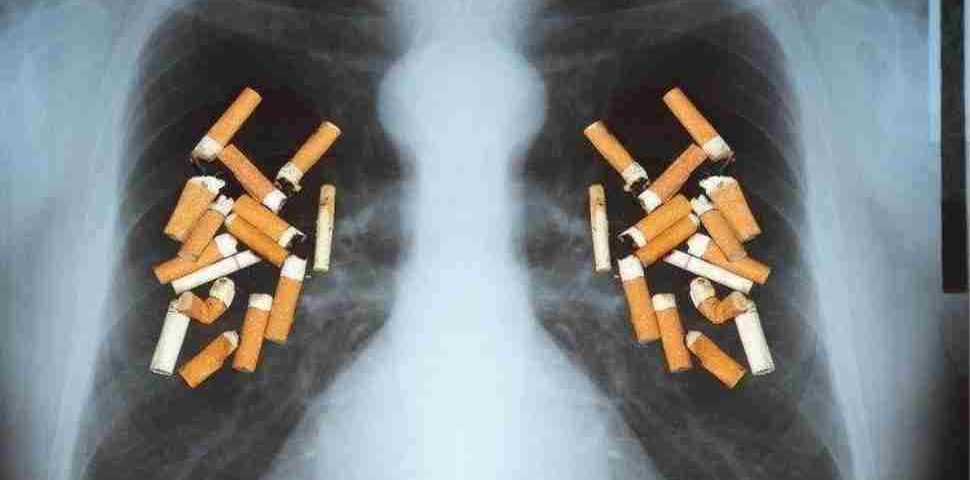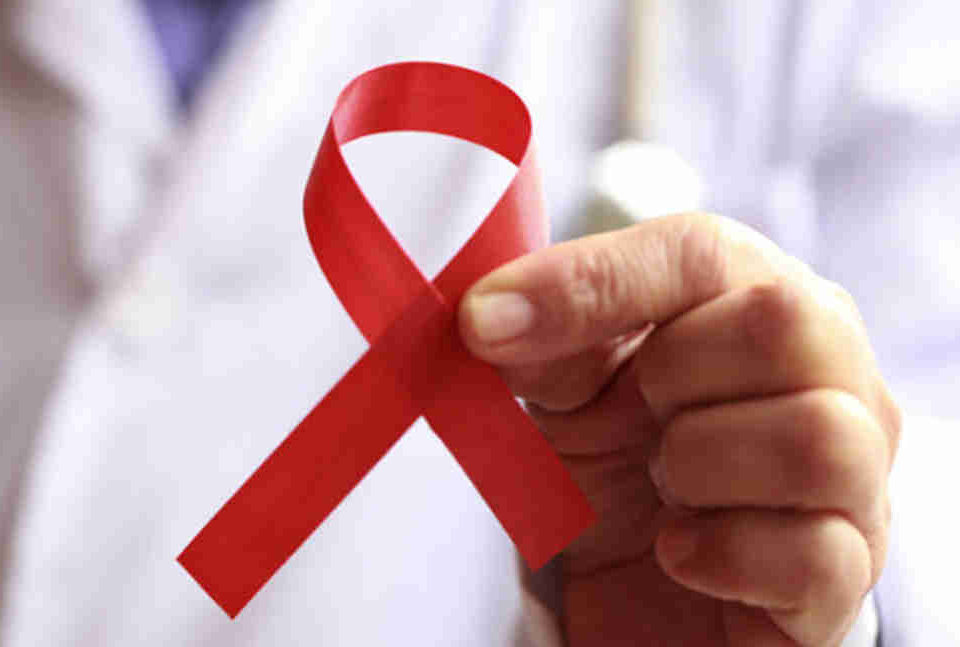- 如有疑问,请联系电邮
- customer@ihealth66.com
USNEWS:避免“第三手吸烟”的危险!
By Michael O. Schroeder
只需闻一下就能确定。也许你在外面买汽车或在市场上买新房时,突然注意到有人在那里吸烟。没有空气清新剂可以覆盖,没有深层清洁可以清除残留的烟味。哈佛医学院(Harvard Medical School)儿科教授、波士顿综合儿童医院(Mass General Hospital for Children)的儿科医生乔纳森·温尼科夫(Jonathan Winickoff)说,这就是为什么“房地产经纪人会说,‘如果你能闻到它,就卖不出去。”健康专家指出,你也会有这种感觉,因为尼古丁和其他化学物质会使通风受阻,粘在地毯、窗帘和墙壁上。
在不愉快的感官体验之外,还有一个原因,吸烟的残渣——不仅仅是吸烟本身或二手烟,是获得越来越多的关注:新兴检测培养的人类细胞的研究与动物研究表明,所谓的间接吸烟,在儿童和成人暴露时可能导致健康问题。这个术语的最初认知是一个研究小组在2009年创造的。“第三手烟是香烟熄灭后残留的有毒污染物,”Winickoff解释说。它覆盖表面,残留在已经发生吸烟的家庭中——即使已经停止吸烟很长时间——然后通过所谓的“脱气”重新排放到空气中。
人们接触三手烟有三种方式:首先,正如你能闻到它一样,你也能吸入它,温尼科夫说。“在室内吸烟环境中,残留的物质覆盖在每一个表面,这些物质从表面返回——挥发性化合物从表面脱落,包括尼古丁——然后被吸入。”第二种方式是人们,尤其是小孩子,吸入三手烟。例如,婴儿在地板上爬行,或者孩子在离地面更近的地方玩耍,比如在沙发上嬉闹,触摸残留物,把手放进嘴里。第三,吸烟产生的第三手毒素,比如黏糊糊的沙发扶手,可以像尼古丁贴片一样被皮肤吸收。Winickoff说:“原来残留的尼古丁可以通过皮肤进入血液,同样的现象也发生在人们使用香烟或电子烟的地方。”
先前的研究发现一种化合物在间接吸烟会损伤人体细胞的DNA和持续作用有可能导致癌症的发展。随之而来的动物研究发现,间接吸烟损害肝脏和肺,阻碍伤口的愈合,还可能引起多动症。(这项研究是在老鼠身上进行的;但是Winickoff指出,长期以来人们都知道二手烟会导致儿童多动症)现在,三月份发表在在线开放获取期刊PLOS ONE上的一项研究表明,在老鼠身上,二手烟会导致胰岛素抵抗,这是2型糖尿病的前兆。
“我们不能在人类身上做实验,”领导这项研究的加州大学河滨分校(University of California-Riverside)细胞生物学教授曼纽拉马丁-格林(Manuela martin – green)说。但她说,她的团队试图尽可能接近地反映人们可能发现自己所处的情况。她说,研究人员利用美国环境保护署(U.S. Environmental Protection Agency)的数据,制作了老鼠实验用的实验室内,反映出“EPA在吸烟者家中检测到的”三手烟“颗粒”。在之前的研究中,马丁斯-格林说,他们还研究了四氢睾酮对小鼠在相对较长时间内的影响,以帮助判断这种影响可能对人的长期影响。
“这是一个相对较新的领域,”加州伯克利劳伦斯伯克利国家实验室的科学家Bo Hang说。他领导的研究发现,三手烟可以导致DNA损伤,并继续研究三手烟的潜在有害影响。Hang指出,流行病学或基于人口的研究数据在这一领域还不存在,所以专家必须推测出它对人的真实影响。他说:“但我想说,我们从细胞研究和动物研究中获得了相当可靠的数据,表明三手烟会对暴露在三手烟中的人类造成不利影响。”
包括加利福尼亚在内的许多州现在都禁止在家庭托儿所吸烟——即使孩子不在那里——以防止暴露在三手烟中。温尼可夫指出,住房和城市发展部提出的一项联邦法规将使所有公共住房无烟,这也将减少三手烟的暴露。“我们在孩子的血液中发现了相当高的尼古丁含量,”Winickoff说,他的研究对象是住在以前吸烟的地方的孩子,但他们当时并不吸烟。“我们发现,与那些住在没有三手烟污染的房子里的孩子相比,可替宁的含量要高得多,可替宁是尼古丁的分解产物。”
在这些和其他方面,他说,黑色的有害影响是显而易见的:“在我的脑海里的关系间接烟雾和不利健康影响之间是已经被证明的关系,因为所有的研究二手烟或自愿接触烟草烟雾永远都无法区分出二手烟与间接吸烟。”
明尼苏达大学(University of Minnesota)癌症预防教授、美国化学学会期刊《毒理学化学研究》(Chemical Research in Toxicology)主编斯蒂芬•赫克特(Stephen Hecht)的观点更为谨慎。“对于二手烟来说,剂量大约是吸烟者的1%到5%。对于三手烟来说,它将远低于二手烟,”他说。“我不认为有任何已证实的危险,但有一些实验表明,三手烟中可能含有一些破坏dna的化合物。”他说,这还不包括接触尼古丁,他认为这是最大的潜在危险。
Winickoff和其他研究人员预计,就像二手烟和吸烟本身一样,越来越多的证据只会进一步证明二手烟的危害。研究人员说,儿童和老年人被困在发生或确实发生吸烟的地方,而那些长时间呆在这些地方的人受到伤害的风险更高。避免三手烟的最好方法是什么?“远离吸烟的地方,因为尼古丁和其他一些相关的化合物是粘性的——它们很难去除,”赫克特说。
专家说,当然,第一道防线仍然是戒烟。其次,对于那些住在被烟熏过的房子里的人来说,Winickoff甚至说最好的选择是搬出去来保护居住者的健康,考虑到净化生活空间是多么困难;他指出,即便是公寓的净化费用也可能高达1万美元。
那些努力戒烟的人被敦促要经常在室外吸烟,不要穿和在家吸烟时一样的衣服,尤其是抱孩子的时候——甚至要洗掉残留的东西,因为这些东西也会进入一个人的头发。
Hang说,对于那些正在搬家的人来说,一个简单的嗅觉测试仍然是个好主意——不仅要避免冒犯个人情感,而且要保持安全。“第三手烟应该被牢记,”他说,并补充说,成年人应该注意是否曾经吸烟——不管你是否知道这个地方的历史或者你闻到了什么。
ALL IT TAKES IS ONE whiff to confirm it. Maybe you’re out shopping for a car or in the market for a new home when you suddenly take notice – someone has smoked there. No air freshener can cover it, no deep cleaning can remove the lingering impostor. That’s why, says Dr. Jonathan Winickoff, a professor of pediatrics at Harvard Medical School and general pediatrician at MassGeneral Hospital for Children in Boston, “Real estate agents talk about, ‘If you can smell it, you can’t sell it.'” You can feel it, too, health experts note, as sticky nicotine and other chemicals gum up ventilation and adhere to carpet, curtains and walls.
Beyond the unpleasant sensory experience, there’s another reason the residue of smoking – not just the smoking itself or secondhand smoke – is garnering increasing attention: Emerging research from testing cultured human cells to more recent animal studies suggests that so-called thirdhand smoke, a term originally coined by Winickoff’s research team in 2009, could potentially cause health problems in children and adults exposed to it. “Thirdhand smoke is the toxic contamination that remains after the cigarette is extinguished,” Winickoff explains. It coats surfaces, remains in homes where smoking has occurred – even long after it’s ceased – and then gets re-emitted into the air through what’s called off-gassing.
People are exposed to thirdhand smoke in three ways: First, just as you can smell it, you can inhale it, Winickoff says. “Material that remains and coats every surface in an indoor environment where a cigarette is smoked, comes back off that surface – the volatile compounds come off of it, including nicotine – and then get breathed in.” The second way people, particularly young children, are exposed to thirdhand smoke is by ingesting it. For example, babies crawling on the floor or kids playing closer to surfaces, like romping on a couch, touch the residue and put their hands in their mouths. Thirdly, leftover thirdhand toxins from smoking, like from that sticky couch arm, can be absorbed through the skin in the same way a nicotine patch works. “It turns out nicotine goes through the skin and into the bloodstream, and the same phenomenon happens in places where people use a cigarette or an e-cigarette,” Winickoff says.
Previous research found that a compound in thirdhand smoke damages DNA in human cells and adheres to it in a way that could potentially lead to the development of cancer, and subsequent animal studies have found that thirdhand smoke damages the liver and lungs, impedes the healing of wounds and can contribute to hyperactivity. (This research was in mice; but Winickoff points out it’s long been known that secondhand smoke can contribute to hyperactivity and ADHD in children.) Now, research published in March in the online open-access journal PLOS ONE shows that, in mice, thirdhand smoke causes insulin resistance, a precursor to Type 2 diabetes.
“We can’t experiment in humans,” says Manuela Martins-Green, a professor of cell biology at the University of California–Riverside, who led the research. But she says her team tries to, as closely as possible, reflect the situation people might find themselves in. Using data from the U.S. Environmental Protection Agency, the researchers made chambers used in mouse experimentation that reflect the thirdhand smoke “particles the EPA has detected in the home of smokers,” she says. In previous research, Martins-Green says they also looked at the impact of THS on mice over a relatively long period to help guage what the affect might be on people over the long term.
“This is a relatively new area,” says Bo Hang, a staff scientist at Lawrence Berkeley National Lab in Berkeley, California. He led the research that found thirdhand smoke can cause DNA damage and continues to study the potential harmful effects of THS. Hang points out that epidemiological, or population-based, study data doesn’t yet exist in this area, so experts must speculate about the real-world effects of THS on people. “But I think I would say we have pretty solid data from cell lines and from animal studies to indicate thirdhand smoke would cause adverse effects in humans exposed to it,” he says.
Numerous states, including California, now ban smoking in home day care centers – even when the kids aren’t there – to prevent exposure to thirdhand smoke. Winickoff notes that a proposed federal rule by the Department of Housing and Urban Development would make all public housing smoke-free, which would also reduce thirdhand smoke exposure. “We’ve seen in kids quite high levels of nicotine in their blood,” Winickoff says of research on kids living in housing units where smoking had previously occurred, but doesn’t at the time kids live there. “What we find is much higher levels of cotinine, which is the breakdown product of nicotine, compared to kids who are just living in a house without the building being contaminated by thirdhand smoke.”
In this and other ways, he says, the harmful effects of THS are clear: “In my mind the relationship [between thirdhand smoke and adverse health effects] is absolutely proved, because all of the studies looking at secondhand smoke or voluntary tobacco smoke exposure never separate out secondhand smoke with thirdhand smoke.”
Stephen Hecht, professor of cancer prevention at the University of Minnesota, and editor-in-chief of Chemical Research in Toxicology, an American Chemical Society journal, takes a more circumspect view. “For secondhand smoke, the dose is somewhere between 1 and 5 percent of what a smoker would get. For thirdhand smoke, it’s going to be far lower than secondhand smoke,” he says. “I don’t think there are any proven dangers, but there have been some experiments that indicate that there might be some DNA-damaging compounds in thirdhand smoke.” That’s in addition to nicotine exposure, he says, which he sees as the greatest potential danger.
Winickoff and other researchers expect that as with secondhand smoke and smoking itself – both which were once not well-studied or accepted to be harmful – mounting evidence will only further demonstrate the hazardous effects of thirdhand smoke. Children and elderly stuck in homes where smoking occurs – or did occur – and those spending a long period in such places are at increased risk of harm, researchers say. The best way to avoid thirdhand smoke? “Stay out of places where smoking has taken place, because nicotine and some of the other related compounds are sticky – they’re hard to remove,” Hecht says.
Experts say, of course, the first line of defense remains to quit smoking such as through free programs like 1-800-QUIT-NOW. Second to that, for someone in a home that’s been smoked in, Winickoff goes so far as to say the best option is to move out to protect the health of occupants, given how hard it is to decontaminate a living space; decontamination even for an apartment can run upward of $10,000, he notes.
Those struggling to quit are urged to always smoke outside the home, to not wear the same clothes they wore while smoking when back in the home, particularly when holding children – and even to wash off the residue, as THS can also get in a person’s hair.
For those who are in the process of moving, Hang says, a simple sniff test remains a good idea – not just to avoid offending a personal sensibility, but to stay safe. “Thirdhand smoke should be [kept] in mind,” he says, adding that adults should take heed if smoking has occurred prior – whether you know the history of the place or you smell something.







